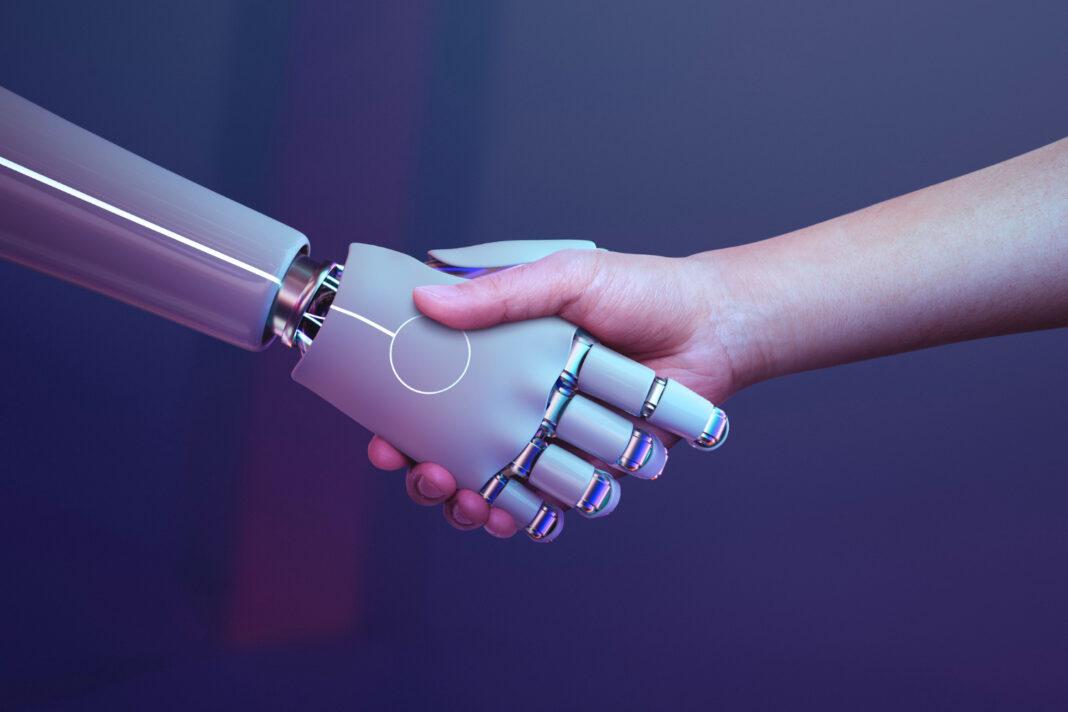In the present era of digital advancements, enterprises are ceaselessly seeking novel approaches to enrich customer satisfaction and optimize their workflow. One such solution that has gained immense popularity is chatbot development services. Chatbots are computer programs designed to interact with users through natural language processing, offering quick and efficient solutions to their queries. In this article, we will explore how chatbot development services can transform your business from zero to hero by revolutionizing customer engagement, improving efficiency, and boosting overall success.
Table of Contents
Introduction to Chatbot Development Services
What are Chatbot Development Services?
Chatbot development services involve the creation, customization, and implementation of chatbot systems that can interact with users in a conversational manner. These services utilize artificial intelligence (AI) and machine learning algorithms to understand user queries, provide relevant information, and perform specific tasks.
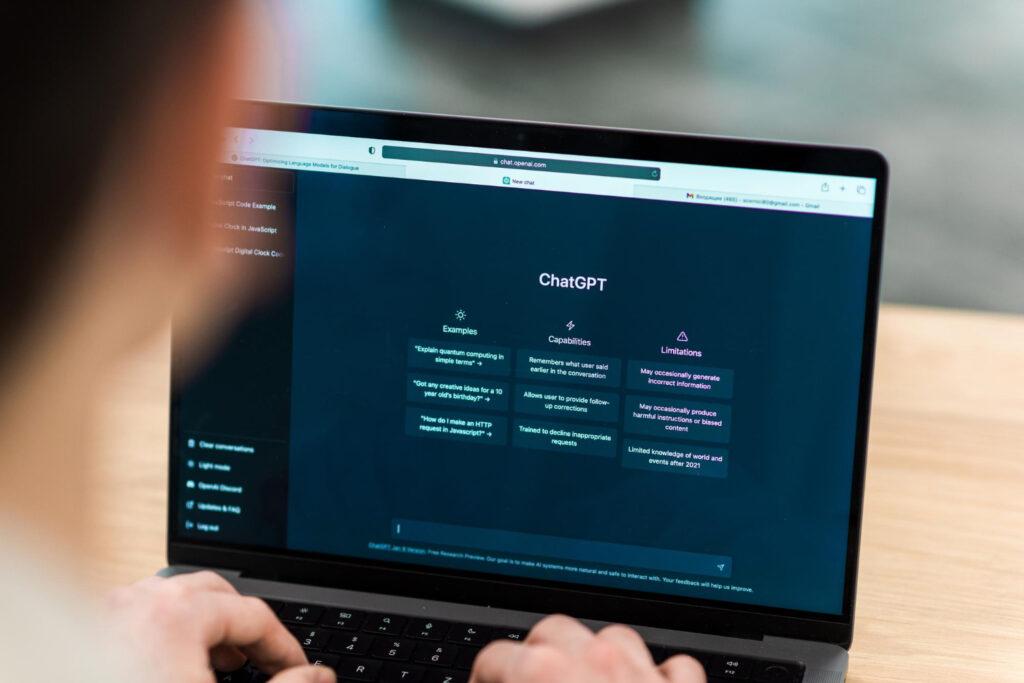
The Evolution of Chatbots
Chatbots have rapidly evolved over the years, transforming the way businesses interact with their customers. From simple rule-based bots to sophisticated AI-powered virtual assistants, the evolution of chatbot technology has been remarkable. This article explores the different stages of chatbot development and highlights the key milestones in their evolution.
Rule-Based Chatbots
In the early days of chatbots, rule-based systems dominated the scene. These automated conversational agents functioned based on a pre-established collection of regulations and corresponding reactions. They were programmed to recognize specific keywords or phrases and provide corresponding pre-scripted answers. Rule-based chatbots lacked flexibility and struggled with understanding complex queries or natural language input. However, they laid the foundation for more advanced chatbot models to come.
Machine Learning-Powered Chatbots
As machine learning techniques advanced, chatbots started incorporating these capabilities. Machine learning-powered chatbots utilized algorithms to learn from user interactions and improve their responses over time. By analyzing patterns in user input, these chatbots could provide more accurate and contextually relevant answers. However, they still relied on predefined rules to some extent, limiting their ability to handle complex conversations.
Natural Language Processing (NLP) Chatbots
NLP chatbots marked a significant breakthrough in chatbot development. These bots were equipped with advanced NLP algorithms, enabling them to understand and interpret human language more accurately. NLP chatbots could analyze sentence structure, identify entities, and extract meaning from user queries. This allowed for more fluid and human-like conversations, enhancing the user experience. NLP chatbots often employed techniques such as sentiment analysis and named entity recognition to improve their understanding and response generation.
AI-Powered Virtual Assistants
With the advent of artificial intelligence (AI), chatbots transformed into AI-powered virtual assistants. These advanced chatbots leverage deep learning algorithms and neural networks to understand and generate human-like responses. They can process vast amounts of data, learn from user interactions, and adapt their behavior accordingly. AI-powered virtual assistants are capable of performing complex tasks, such as scheduling appointments, providing personalized recommendations, and even simulating natural conversation through generative models.
Multichannel Chatbots
Another significant development in chatbot evolution is the ability to operate across multiple communication channels. Initially, chatbots were limited to specific platforms or websites. However, modern chatbot development services now offer solutions that can seamlessly integrate with various messaging platforms, social media channels, websites, and mobile applications. Multichannel chatbots ensure consistent customer experiences across different touchpoints, enabling businesses to reach their audience wherever they are.

Benefits of Chatbot Development Services
Chatbot development services have gained immense popularity in recent years, revolutionizing the way businesses interact with their customers. These intelligent virtual assistants offer a range of benefits that help streamline operations, enhance customer experiences, and drive business growth. In this article, we explore the key advantages of utilizing chatbot development services.
01. Improved Customer Support
One of the primary benefits of chatbot development services is the enhancement of customer support. Chatbots can provide instant responses to customer queries, offering round-the-clock assistance. With their ability to understand natural language and provide relevant information, chatbots can efficiently handle a high volume of customer inquiries, reducing the need for human intervention. This ensures faster response times, consistent support, and improved customer satisfaction.
02. Cost and Time Efficiency
Chatbots are highly cost-effective and time-efficient tools. Developing and implementing a chatbot can be more affordable compared to hiring and training a large customer support team. Once deployed, chatbots can handle multiple customer conversations simultaneously, saving time and resources. By automating routine inquiries and tasks, businesses can allocate their human resources to more complex and value-added activities, optimizing operational efficiency.

03. Personalized User Experiences
Chatbots have the capability to provide personalized user experiences by leveraging user data and preferences. By integrating with customer databases or using machine learning algorithms, chatbots can tailor interactions based on individual customer profiles. They can offer personalized product recommendations, provide targeted marketing messages, and deliver a more personalized service. This personalization enhances customer engagement and fosters stronger relationships between businesses and their customers.
04. Increased Lead Generation and Sales
Chatbots can play a significant role in lead generation and sales conversions. By engaging customers in proactive conversations, chatbots can collect valuable information, understand user intent, and guide them towards relevant products or services. They can assist with product recommendations, offer discounts or promotions, and even facilitate seamless checkout processes. The interactive and conversational nature of chatbots improves customer engagement, increasing the likelihood of conversions and driving sales.
05. Scalability and Availability
Chatbots offer scalability and availability advantages, particularly in handling high volumes of customer interactions. They can effortlessly handle numerous conversations simultaneously without experiencing fatigue or resource constraints. As businesses experience growth or encounter peak periods, chatbots can seamlessly scale up to meet the demand. This ensures consistent availability and responsiveness, even during busy periods, ensuring customers always have access to support and information.
06. Data Collection and Analysis
Chatbots play a pivotal role in gathering and evaluating data, serving as invaluable instruments for data collection and analysis. Through user interactions, chatbots can gather valuable insights about customer preferences, pain points, and frequently asked questions. This data can be analyzed to identify trends, improve products or services, and refine marketing strategies. Chatbots also enable businesses to gather feedback and customer sentiment, providing actionable insights for continuous improvement.
Streamlining Business Operations
Automating Routine Tasks
Chatbots play a crucial role in automating repetitive tasks, providing businesses with a valuable tool for streamlining their operations. One of the primary advantages of chatbots is their ability to handle routine tasks such as appointment scheduling, order tracking, and account management. By incorporating chatbot functionality into these processes, businesses can achieve increased efficiency and productivity.
Appointment scheduling is a time-consuming task that can be easily automated through chatbots. Customers can interact with the chatbot to find available time slots, book appointments, and receive confirmation details, all without the need for human intervention. This not only saves valuable time for both customers and employees but also minimizes the chances of errors or double bookings.
Similarly, chatbots can assist in order tracking by providing real-time updates to customers. Instead of contacting customer support or navigating through complex tracking systems, customers can simply engage with a chatbot to obtain the latest status of their orders. This self-service approach enhances the customer experience by providing quick and accurate information, leading to increased customer satisfaction and loyalty.
Account management is another area where chatbots can make a significant impact. Chatbots can handle common account-related inquiries, such as balance inquiries, transaction history, and account updates. By automating these tasks, businesses can reduce the workload on their customer support teams, allowing them to focus on more complex and personalized customer interactions.
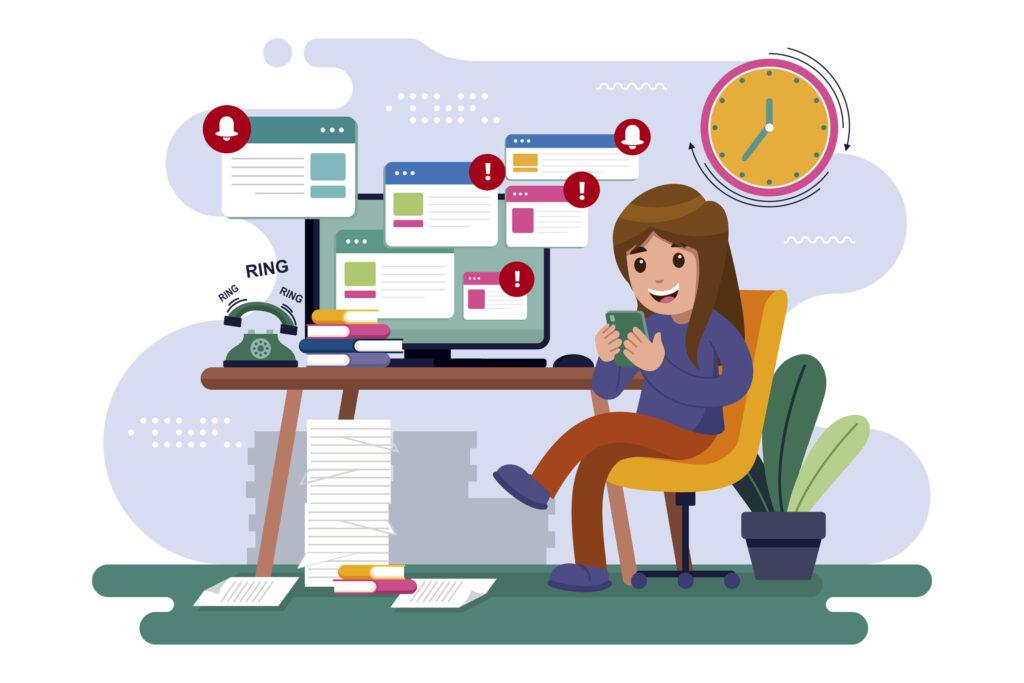
Integration with Existing Systems
For chatbots to deliver optimal value, integration with existing business systems is crucial. Integration enables a seamless flow of information between the chatbot and other key systems, such as customer relationship management (CRM) software and e-commerce platforms. This integration ensures that the chatbot has access to relevant customer data and can provide personalized and contextually relevant responses.
By integrating chatbots with CRM software, businesses can leverage the customer data stored in their CRM systems. This allows chatbots to deliver personalized recommendations, targeted marketing messages, and tailored customer support. For example, if a chatbot identifies a customer’s previous purchase history, it can offer product suggestions based on their preferences or provide proactive support based on past interactions.
Integration with e-commerce platforms is equally important, as it enables chatbots to facilitate seamless transactions and provide a streamlined shopping experience. Chatbots can assist customers in finding products, making purchases, and resolving any issues that may arise during the buying process. By integrating with e-commerce platforms, chatbots can retrieve product information, update inventory levels, and process payments, ensuring a smooth and efficient customer journey.
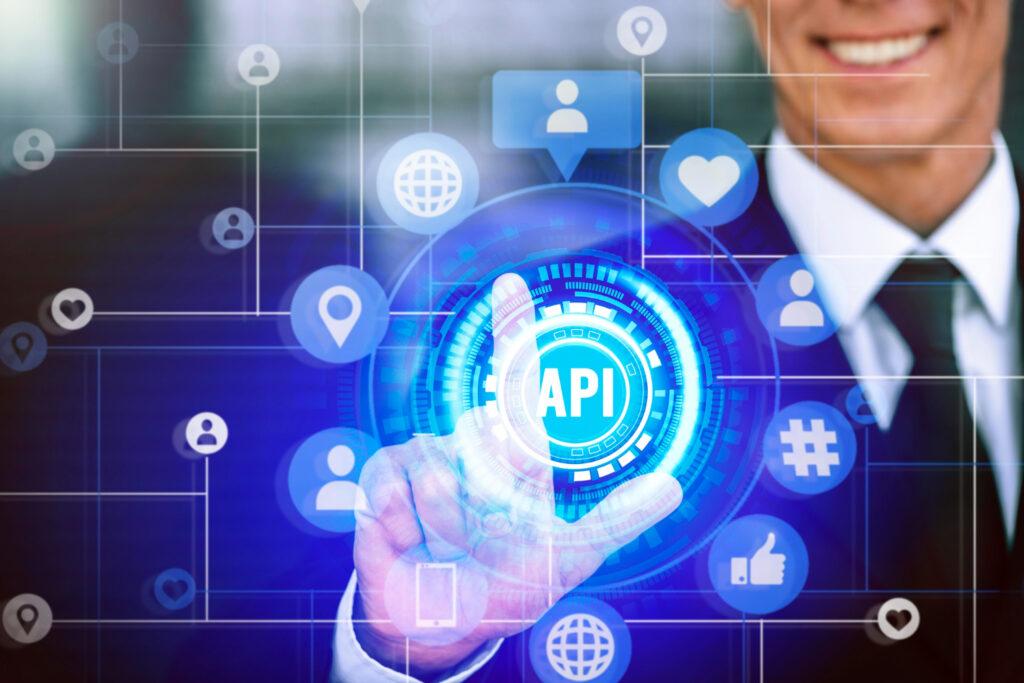
Data Collection and Analysis
Chatbots serve as powerful tools for gathering valuable user data. As customers interact with chatbots, they provide insights into their preferences, behaviors, and pain points. This data can be collected, analyzed, and utilized by businesses to make informed decisions and improve their overall strategies.
Chatbots can employ techniques such as natural language processing (NLP) to understand user intent and sentiment. By analyzing user conversations, businesses can gain valuable insights into customer needs and preferences. These insights can be used to optimize product offerings, tailor marketing messages, and enhance customer engagement strategies.
Furthermore, chatbots can assist in collecting structured data through interactive forms or surveys. By integrating such data collection mechanisms into chatbot interactions, businesses can gather specific information from customers, such as demographic details or feedback on their products and services. This data can be utilized to identify trends, discover pain points, and drive continuous improvement efforts.
Overcoming Challenges and Ensuring Success
Designing an Effective Chatbot

When it comes to designing an effective chatbot, several key considerations can greatly impact its performance and user satisfaction. Firstly, natural language processing (NLP) plays a crucial role in understanding and interpreting user inputs. By implementing advanced NLP algorithms, chatbots can accurately comprehend user intents, handle variations in phrasing, and provide meaningful responses.
Additionally, a well-designed conversational flow is essential for a smooth user experience. Chatbots should be structured in a way that guides users through a logical and intuitive conversation. Clear prompts, contextual understanding, and appropriate suggestions help ensure users feel understood and supported throughout their interactions.
User experience (UX) is another critical aspect to consider. The chatbot’s interface should be visually appealing, easy to navigate, and responsive. It should also be designed to provide quick and accurate responses, avoiding long wait times or repetitive requests for information. Regular user testing and feedback are vital to identify areas for improvement and refine the chatbot’s design.
Continual improvement is key to the success of a chatbot. Monitoring user interactions and gathering feedback allows developers to identify patterns, address common issues, and enhance the chatbot’s performance. Regularly analyzing user feedback, incorporating new features, and refining the conversational flow contribute to the ongoing development and success of the chatbot.
Ensuring Security and Privacy
Security and privacy are paramount when developing chatbots. Users trust chatbots with their personal and sensitive information, and it’s crucial to implement robust security measures to protect their data. Encryption protocols should be employed to secure data transmission, ensuring that sensitive information cannot be intercepted.
Data protection regulations, such as the General Data Protection Regulation (GDPR), must be adhered to strictly. Businesses should obtain user consent for data collection and clearly communicate their privacy policies. Anonymizing and securely storing user data, as well as implementing data retention and deletion policies, are essential for maintaining compliance and user trust.
Performing routine security audits and vulnerability assessments is imperative to detect and rectify any potential vulnerabilities within the chatbot system. Implementing user authentication mechanisms, access controls, and secure APIs further strengthens the security of the chatbot.

Monitoring and Maintenance
Monitoring and maintenance are crucial for the ongoing success of a chatbot. Regular monitoring helps identify performance issues, bottlenecks, and areas for improvement. Monitoring tools can track metrics such as response times, user satisfaction rates, and conversation success rates. This data provides insights into the chatbot’s performance and helps developers fine-tune its capabilities.
Maintenance involves regular updates and bug fixes to address any issues identified through monitoring. Chatbots should be adaptable to changing user needs and evolving technologies. Incorporating user feedback and making iterative improvements ensure the chatbot remains relevant and effective over time.
As user expectations and demands change, the chatbot should be updated accordingly. Adding new features, expanding its knowledge base, and incorporating emerging technologies, such as machine learning and artificial intelligence, can enhance the chatbot’s capabilities and user experience.
Conclusion
In conclusion, chatbot development services have the potential to revolutionize businesses by enhancing customer engagement, streamlining operations, and driving overall success. By leveraging the power of AI and machine learning, businesses can provide personalized and efficient interactions with their customers, leading to increased satisfaction and improved conversion rates. It is essential for businesses to embrace this transformative technology and adapt it to their specific needs to stay ahead of the competition in today’s dynamic market.
FAQs (Frequently Asked Questions)
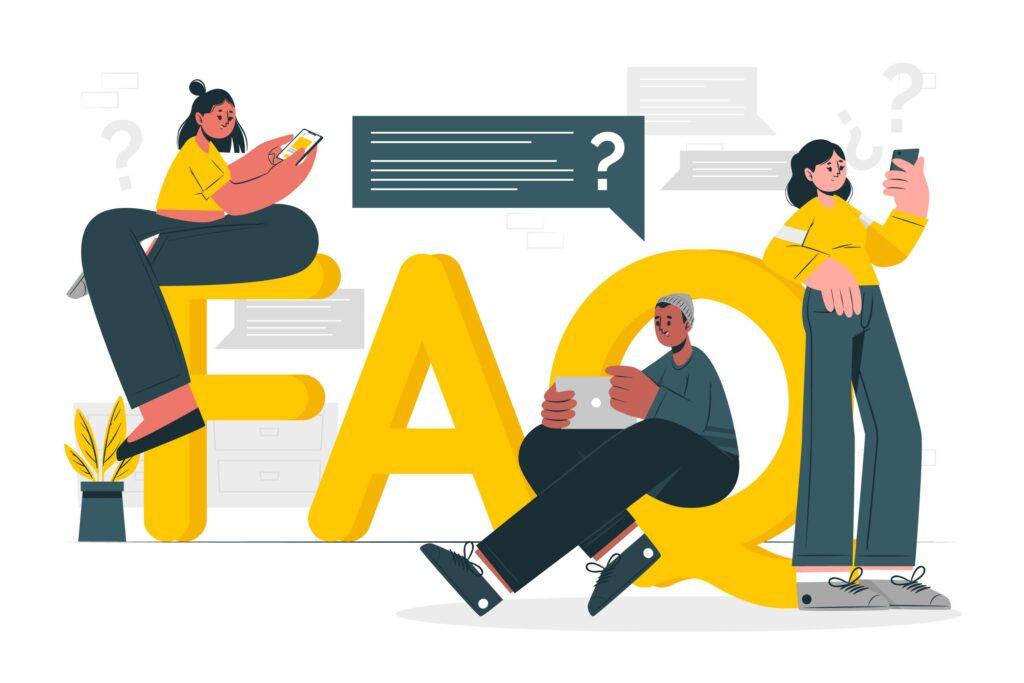
Q: How much does it cost to develop a chatbot for my business?
A: The cost of chatbot development can vary depending on factors such as complexity, functionality, and integration requirements. It is best to consult with a chatbot development service provider for a tailored quote.
Q: Can chatbots replace human customer support representatives entirely?
A: Although chatbots can effectively handle a substantial number of customer inquiries, certain situations arise where human involvement becomes essential. A well-designed chatbot-human hybrid approach can provide the best customer support experience.
Q: Are chatbots only suitable for large businesses?
A: No, chatbots can benefit businesses of all sizes. They can be tailored to meet the specific needs and budget constraints of small and medium-sized enterprises.
Q: How long does it take to develop and deploy a chatbot?
A: The timeline for chatbot development depends on the complexity of the project. Simple chatbots can be developed and deployed within a few weeks, while more advanced ones may require several months.
Q: Can chatbots understand different languages?
A: Certainly, chatbots possess the capability to be educated in various languages, comprehending and providing responses accordingly. Language support depends on the capabilities and configurations of the chatbot development service.




